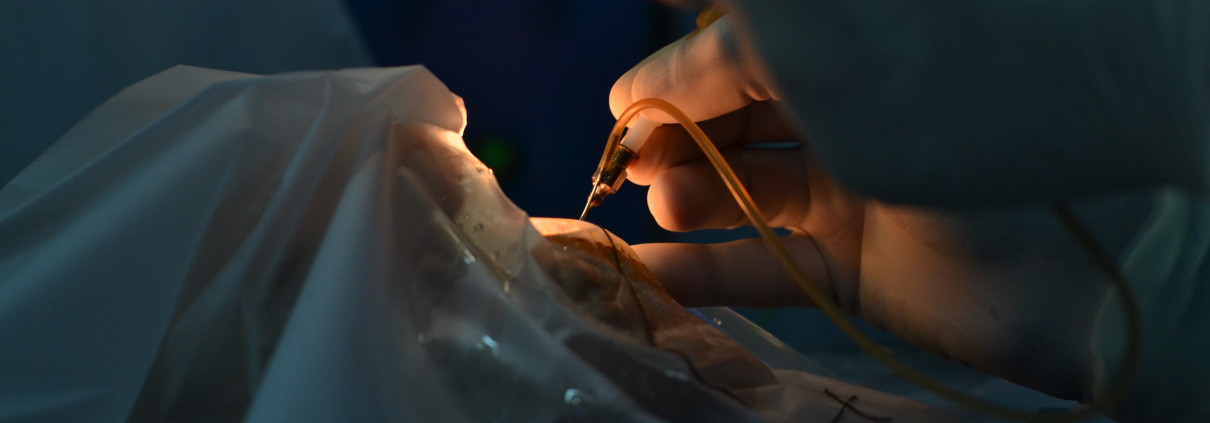Bringing Cataract Surgery to People in Tajikistan
Building Capacity for High Quality, Low Cost Cataract Surgical Services in Tajikistan
According the World Health Organization, nearly 39 million people around the world are blind and another 285 million suffer from some form of visual impairment. Ninety percent of blind and visually impaired individuals live in low-income settings. It is estimated that 80% of blindness and visual impairment is treatable with surgical or medical interventions. The leading cause of blindness worldwide is cataract. Cataract results in decreased economic productivity, as the afflicted individual is unable to work and earn wages. In many parts of the world, where families live as cohesive units, the presence of cataract in a family member often places a burden on the entire family. Children frequently miss school and adults leave work to take care of a visually impaired family member with cataract.
Cataract surgery is a highly effective medical intervention, yet more advanced surgical procedures require equipment that can be too costly to purchase and maintain. In the last decade, however, a highly advanced and cutting edge method of cataract extraction known as manual small-incision cataract surgery (MSICS) has been introduced. This procedure does not require expensive machinery, can be performed at a fraction of the cost of other surgical models, takes less time to perform, and is easier to master. India and Nepal have been highly successful in reducing the burden of cataract blindness using MSICS techniques.
In conjunction with the Ministry of Health and Social Protection of Tajikistan and the Tilganga Institute of Ophthalmolgy, we have designed training programs in MSICS for surgeons in Tajikistan. Thus far, four surgeons, including one from the Eastern region of Gorno Badakhshan Autonomous Oblast, have received hands-on MSIC training in Nepal. Collectively, these trainees have provided surgery to more than 4000 individuals. This training has made high quality cataract surgery significantly more affordable by substantially lowering the out of pocket costs to patients and families. We are also involved in closely monitoring surgical outcomes as well as surgical proficiency in the trainee surgeons.



